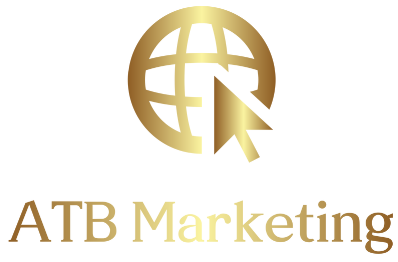In the world of digital advertising, two of the most prominent platforms are Facebook and Google. Both platforms offer advertisers a wealth of opportunities to reach their target audience, but they do so in very different ways. In this article, we will compare Facebook and Google ads and explore the strengths and weaknesses of each platform.
Thank you for reading this post, don't forget to subscribe!Targeting Options
One of the biggest advantages of Facebook ads is the platform’s sophisticated targeting options. Facebook allows advertisers to target users based on a variety of criteria, including age, gender, location, interests, behaviours, and more. This means that advertisers can create highly targeted campaigns that reach the specific audience they are looking for. For example, if you want to target women in their 30s who are interested in yoga and live in New York City, Facebook makes it easy to do so.
Google, on the other hand, is primarily a search-based platform. This means that Google ads are targeted based on the keywords that users search for. While Google does offer some targeting options, such as location and device type, they are not as extensive as Facebook’s options. However, Google’s strength lies in its ability to reach users who are actively searching for a product or service. This means that Google ads can be very effective at capturing users who are ready to make a purchase or take some other action.
Ad Formats
Facebook and Google also differ in the types of ad formats they offer. Facebook offers a wide range of ad formats, including photo ads, video ads, carousel ads, and more. This allows advertisers to choose the format that best fits their goals and target audience. For example, if you want to showcase a new product, you might choose a photo ad or a video ad. If you want to showcase multiple products, you might choose a carousel ad.
Google, on the other hand, primarily offers text-based ads that appear at the top or bottom of search results. While Google does offer some other ad formats, such as display ads and video ads, they are not as widely used as text ads. This means that advertisers on Google need to focus on crafting compelling ad copy that will capture users’ attention and convince them to click.
Cost
Finally, we come to the cost of advertising on Facebook and Google. Both platforms use an auction-based system, where advertisers bid on ad placements based on their desired audience and budget. However, the cost per click (CPC) on each platform can vary widely depending on factors such as competition, targeting options, and ad quality.
In general, Facebook ads tend to be less expensive than Google ads. This is because Facebook has a larger audience and less competition than Google. Additionally, Facebook’s targeting options allow advertisers to create highly targeted campaigns that can be more cost-effective than Google’s search-based ads.
Conclusion
In conclusion, both Facebook and Google offer unique advantages to advertisers. Facebook’s sophisticated targeting options and diverse ad formats make it a great choice for brands looking to reach a specific audience. On the other hand, Google’s search-based ads are highly effective at capturing users who are ready to make a purchase. Ultimately, the best platform for your business will depend on your specific goals, target audience, and budget. By understanding the strengths and weaknesses of each platform, you can make an informed decision about where to invest your advertising dollars.
